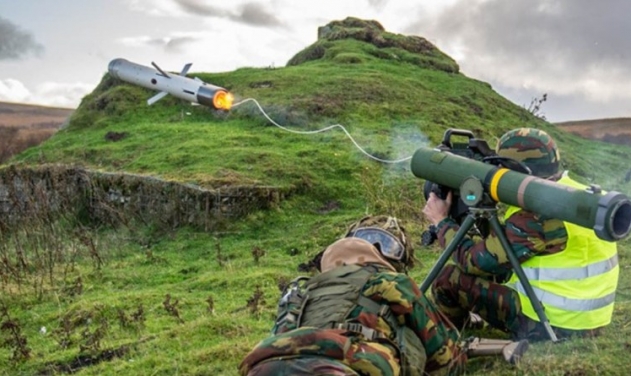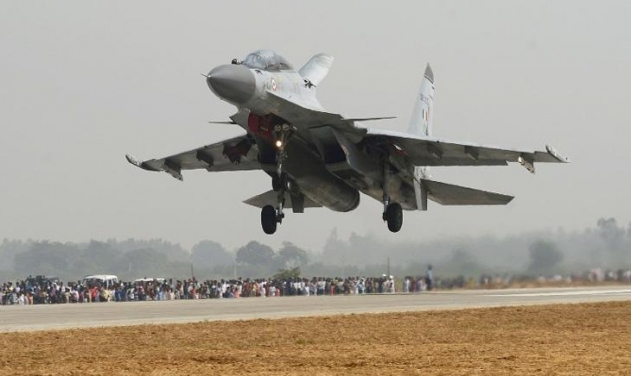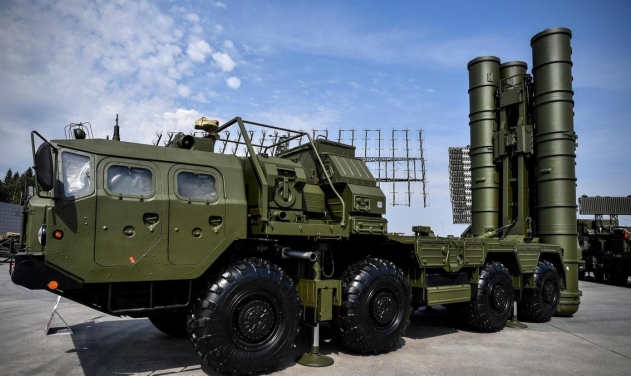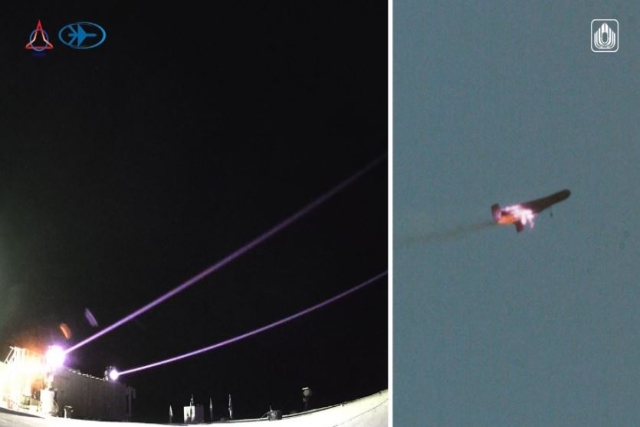Failed Trials Led to Cancellation of $500M Spike Missile Deal with India

The Indian army has reportedly axed a $500 million Spike anti-tank guided missile (ATGM) deal with Israeli firm Rafael after the missiles failed to clear the trials conducted by the Indian army last year.
According to the media, the sensors of the Spike ATGM could not identify the target when the army was testing the missile at Pokhran, Rajasthan state.
"The missile failed in multiple areas during summer trials. Sensors failed to detect the target during trials carried out in Pokhran," a source familiar with the development said.
India was earlier looking forward to buy 21 launchers, 8356 missiles, and 15 simulators from Rafael. New Delhi has stated that the deal was cancelled to favour the “Nag” man-portable ATGM, developed by India's Defence Research and Development Organisation (DRDO).
In February of last year, the Indian defense ministry had said that "there is no need to acquire transfer of technology with the ATGM system on account of indigenous development of third-generation Man-Portable ATGM."
The DRDO has been working on the"fire-and-forget" Nag ATGM since 2009 and has spent approximately $47 million (INR 322 crore) on its development. The Nag has a lock-on-before-launch capability range of 4 km, making it the longest in the world. The missile recently entered a series of last-leg trials ahead of its induction into the army.
It is a third-generation missile developed to support both mechanised infantry and airborne forces of the Indian Army. Nag can be launched from land and air-based platforms.
The missile is deployed on a specially modified BMP-2 Infantry Fighting Vehicle (IFV) called the ‘NAMICA.’
Once launched, the Nag doesn't need to be guided, allowing the launcher to seek cover. The missile can use its autonomous on-board guidance to hit even a fast-moving tank. It uses indigenous image-seeking optical guidance, making it virtually jam-proof, unlike the infra-red seekers of Javelin and Spike missiles.













